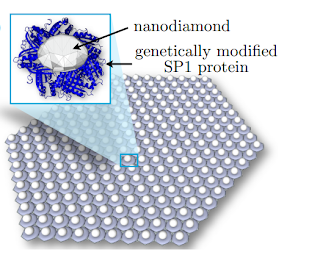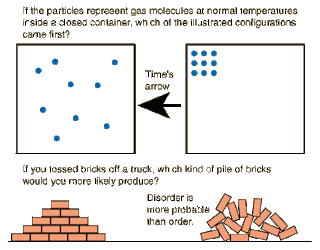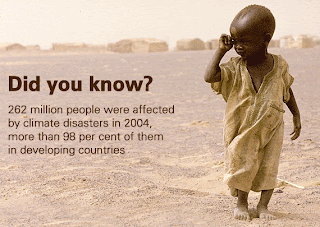Reality-based community is an informal term in the United States. In the fall of 2004, the phrase "proud member of the reality-based community" was first used to suggest the commentator's opinions are based more on observation than on faith, assumption, or ideology. The term has been defined as people who "believe that solutions emerge from judicious study of discernible reality." Some commentators have gone as far as to suggest that there is an overarching conflict in society between the reality-based community and the "faith-based community" as a whole. It can be seen as an example of political framing.
The source of the term is a quotation in an October 17, 2004, The New York Times Magazine article by writer Ron Suskind, quoting an unnamed aide to George W. Bush (later attributed to Karl Rove[1]):
The aide said that guys like me were "in what we call the reality-based community," which he defined as people who "believe that solutions emerge from your judicious study of discernible reality." ... "That's not the way the world really works anymore," he continued. "We're an empire now, and when we act, we create our own reality. And while you're studying that reality—judiciously, as you will—we'll act again, creating other new realities, which you can study too, and that's how things will sort out. We're history's actors…and you, all of you, will be left to just study what we do."[2] See Wikipedia M. Schatzman, an American psychiatrist, has conducted extensive psychological experiments with a subject named Ruth. Ruth is perfectly sane but is apparently able to create vivid hallucinations at will. Neither the experimenters nor photographic film detect these apparitions, but they are very real to Ruth. See
Scientific Frontiers, 1981 I have mentioned Neil Postman in the following posts (pun intended),
here,
here and
here.
"Amusing Ourselves to Death" is almost prophetic oxymoron (see links).
We have simplified reality: point-and-click downloads,
"Google it" post Dewey Decimal System; so-called "reality TV" requiring the slimmest bit of conceptualization, hollow actors with no chop or skill, no paid writers or imagination. We've made testing a pseudo-science of near telepathic proportions, training our youth not in exploration and curiosity but prognostication (a, b, c, d or e: all of the above), despite the reality that Finland has "
kicked our collective assets" educationally by NOT following this draconian model pushed by for-profit testing services, resulting in "
reverse Robin Hood" of poor school districts that desperately need the help.
The danger of created realities is we begin to "believe our own press," and make things that are immutable pliable, and things pliable immutable. Thus, we now have an incumbency that does not have to "listen to reason," or science.
Rational actors like
Bruce Bartlett and
David Frum are largely silenced; and one party holds itself not to the Constitution, but to
Grover Norquist and other pledges.
There are no Venn diagrams of intersecting ideas: only "us" versus "them," and "we the people" never win.
"We hold these truths to be self-evident" (Abraham Lincoln). For some who rail against science and the Theory of Relativity, truth is pretty relative now. Without trial, jury or standard, anything can be claimed and posted to the Internet: "hits" don't mean facts.
This blog is open to critique: you can list it, and I'll post it (anonymous, misspelled or otherwise). I really don't have to agree with you, but I do sensor abusive insults and advertisements. That is how we all learn: that is what a rational, thinking species does.
The Lincoln-Douglas debates were much longer and far more detailed than our current 90-minute infomercial reality shows by comparison. Sorry for the rant, but this massive, national "dumb down" cannot continue and we resemble a democratic republic for very much longer.
For advances in science, for a functional democratic republic, we need both parties grounded firmly in reality.













